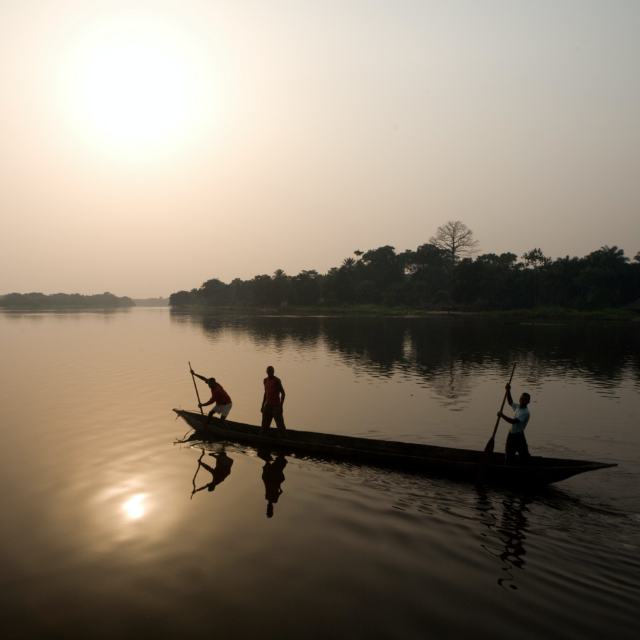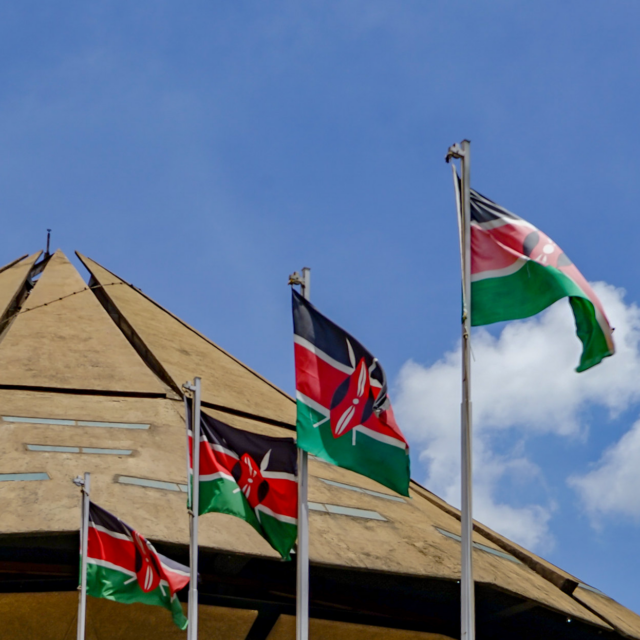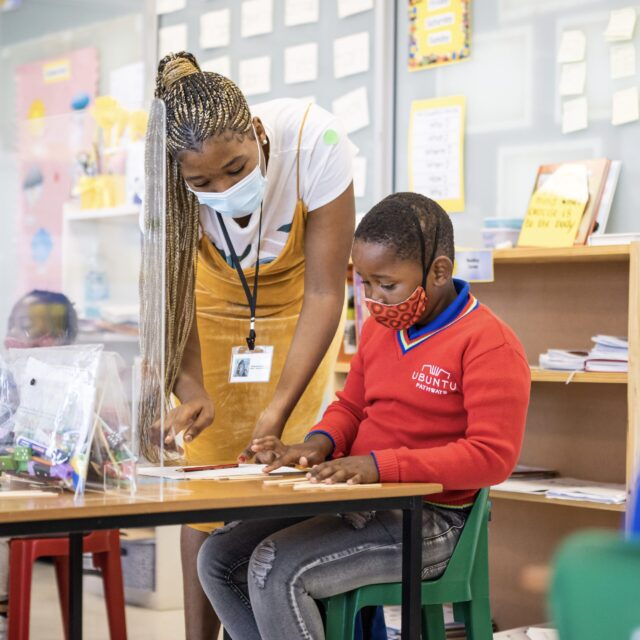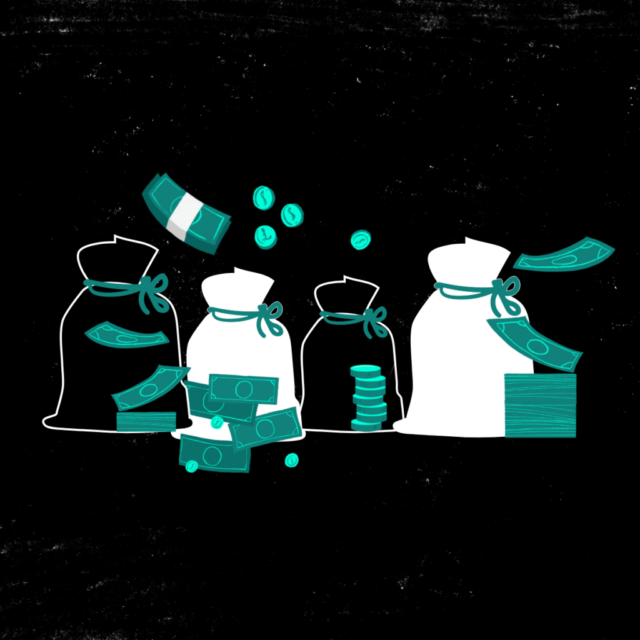Facts from our Africa COVID-19 Tracker
- Total population: 86,790,567
- Percentage of population living in extreme poverty: 77.2%
- People with insufficient food intake: 33.6% (latest: 3 March 2021)
- Children (under 5) with acute malnutrition: 8.1%
- Children (under 5) with chronic malnutrition: 42.7%
Country situation
Over the past 25 years, The Democratic Republic of the Congo has been challenged by armed conflict, widespread displacement, and many other crises. Militia, such as the Ugandan Allied Democratic Forces (ADF) have operated in the eastern region of the DRC since 1995. In 2021 the ADF continue to be the bloodiest of the 122 militias, plaguing the eastern DRC with massacres, extreme poverty, violence, and rape. The conflicts have caused over 5 million people to flee, the largest displacement in Africa. Because of the ongoing violence, 19.6 million civilians need humanitarian assistance and at least 1,219 civilians have been killed by the ADF, whose massacres are becoming more frequent.
The DRC is one of the most resource rich countries in the world, with vast deposits of raw minerals, including 60% of the global supply of cobalt. Cobalt is used in the production of lithium-ion batteries to power electric cars, laptops, and smartphones amongst other items.Demand for Lithium-ion batteries is growing as the world transitions toward electric vehicles and renewable energy. Unfortunately, the raw mineral is at the centre of a multitude of ongoing human rights and environmental abuses.
Even though child labour is illegal, researchers have documented children, some as young as 6, working in mines in the eastern part of the country. This follows a myriad of documented abuses of children in the vast mining industries of the DCR. A lawsuit against Microsoft, Apple, and other tech giants over mining deaths has highlighted the extent of the abuse of children in the mining industry. Mineral mining in the DRC has historically been a paradoxical resource curse, emanating from an abundance of resources and low economic development. In 2020, the country was ranked 175th of 189 countries on the United Nations Development report.
Public health and food insecurity
Although the DRC has approximately 80 million hectares of arable land, more than any other African state, the country has the second largest hunger crisis in the world. Only 10% of the nation’s land is in use, meaning there is a potential to produce enough food to feed almost 2 billion people. In March 2021, the number of people with insufficient food intake was 33.6%. Many people in the DRC struggle every day to find enough food to eat and feed their families.
In 2021 the Ministry of Health declared the 12th outbreak of Ebola, following a previous outbreak that lasted two years. In 2020, more than 2,000 people lost their lives to Ebola, leaving the DRC’s health system in a fragile state. The government is committed to developing healthcare systems. But a lack of national infrastructure, ongoing violence, and the vast size of the country are standing in the way of progress. On top of the daily challenges that the DRC is contending with, 27,252 COVID-19 cases have been confirmed as of March 2021.
Women and children
Gender-based violence against women and girls poses a significant problem in the DRC where women are exploited by armed forces and also in domestic situations. Forced marriage and pregnancy cause girls to drop out of school, making it harder for them to earn a living later in life. In the DRC, around 43% of girls are married before the age of 18 and many give birth before their 14th birthday. Child marriage produces devastating repercussions in the lives of girls, effectively ending their childhoods. One way of protecting girls from marriage is through education and keeping them in school.
Despite the government’s declaration of free education, many children in the DRC do not attend school. It is estimated that 3.5 million primary age children — equal to 26.7% — are out-of-school. In line with the UN Sustainable Development Goals, the DRC government has developed its Education Sector Plan from 2016 until 2025. The plan is focused on expanding access and equity, improving learning quality, and developing governance and management in the education sector. The local children’s charity, The Eden World Foundation, says that “being on the school benches is a wish for so many children but the living situation and poverty of many families prevents this.”
Just like the rest of the world, women and children in the DRC have been disproportionately affected by the COVID-19 pandemic. The pandemic has caused the closure of schools and put many women into precarious situations. This pandemic has highlighted that no government is capable of handling crises on its own. A collective support and collaboration from all governments, the private sector, faith-based organisations, and NGOs is essential to prevent further disasters.



